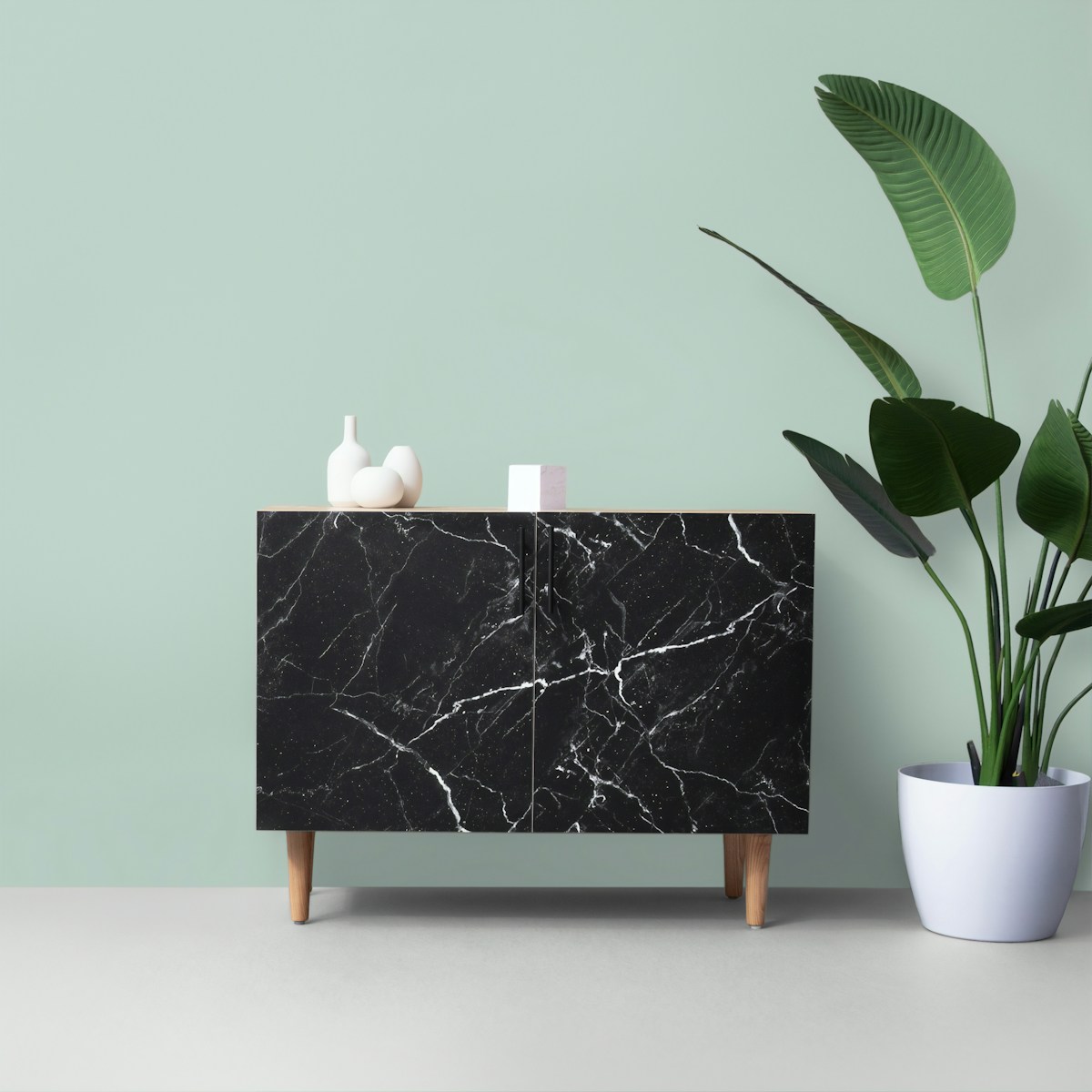Minimalist design didn't emerge out of thin air. It emerged in the mid-20th century, when rapid industrialization and mass consumption filled everyday life with noise, clutter, and endless clutter. Designers, weary of excessive complexity, began searching for a new language—one centered on clarity rather than ornamentation. The result was minimalist design: clean lines, open spaces, and an emphasis on function over ornamentation.
But minimalism is more than just an aesthetic choice. It reflects a deeper cultural shift. In a world overwhelmed by information, advertising, and distractions, simplicity offers a sense of ease. Minimalist arrangements, pared-down products, and even neutral color palettes allow people to relax and focus on what truly matters.
In practice, minimalist design reminds us that less is more. By removing unnecessary elements, we highlight the essential. By reducing visual noise, we increase meaning. Whether in architecture, product design, or digital interfaces, minimalism isn't empty; it's intentional.
Perhaps this is why minimalism continues to resonate today. It’s more than a style; it’s a revolt against excess, a silent resistance to chaos, and a reminder that there’s beauty in clarity.

